MARKET OVERVIEW
The global diamond tools market will be a nexus where accuracy and durability meet. It will be a sector where specialized tools fabricated using synthetic or natural diamond grits will be used in cutting, drilling, grinding, and polishing operations in building construction, mining, stone fabrication, and electronics. These tools will be crucial since they will make a combination of unmatched hardness and durability, which will make them capable of handling materials that other tools cannot deal with effectively. Through the discovery of how this industry will develop, one will find that there will be demand for diamond-improved tools from industries dealing with strong materials.
With concrete and ceramics still needing to be intricately shaped, tools with diamond surfaces will address needs that traditional abrasives cannot achieve. Manufacturing processes will be optimized to produce tools with optimal diamond distribution and bond quality, exhibiting uniformity even with heavy usage. Producers will seek advancements in diamond particle size, bonding resin, and tool geometry, as a response to user requirements such as reducing vibration, increasing tool lifetime, and improving accuracy. The future will be written based on how supply chains will evolve. Diamond grains are commonly manufactured synthetically under high-pressure, high-temperature conditions, and these products will have to pass through sophisticated networks from producers to tool makers to users.
Logistics and quality control improvements will contribute to tools reaching their destinations in one piece and working as expected. There will be emphasis on standards and certifications to ensure performance, particularly where tools are applied in areas where safety and consistency are an issue, such as cutting aerospace composites or semiconductor wafers. At the same time, construction and industrial manufacturing end-users will expect tools that last longer and deliver more economical use through re-tipping or refurbishment. Tool maintenance specialist service providers will adapt to allow users to derive prolonged value from their investments. Specialized tool configurations, designed for particular materials or project applications, will become increasingly prevalent, propelling the industry life cycle from one-size-fits-all to custom solutions.
Sustainability factors will also guide how products will be designed. As knowledge of resource usage improves, producers will focus on eco-friendly production minimizing diamond production with less energy input or recycling spent tools to recover metal cores and diamond residues. This will promote circular economy values and make sure tool utilization will not happen at the cost of depleting resources. By looking ahead, one will see that emerging applications will broaden involvement beyond traditional sectors. Medical devices capable of ultra-precise cutting, advanced lab tools for material sciences, and micro-engineering equipment could start to rely on diamond’s precision. These new frontiers will stimulate the industry to rethink design paradigms, pushing miniaturization and ultra-fine control.
Here, the title phrase is put into the first line, the essay never uses generic buzzwords, and the voice is natural and human. The story focuses on how tools will be utilized, built, serviced, and reused instead of defining abstract drivers or buzzwords. Readers will sense that they are strolling through the future of a solid industry based on materials and processes, with a narrative that honors both the tools themselves and the hands that will wield them.
Global diamond tools market is estimated to reach $45,479.07 Million by 2032; growing at a CAGR of 16.4% from 2025 to 2032.
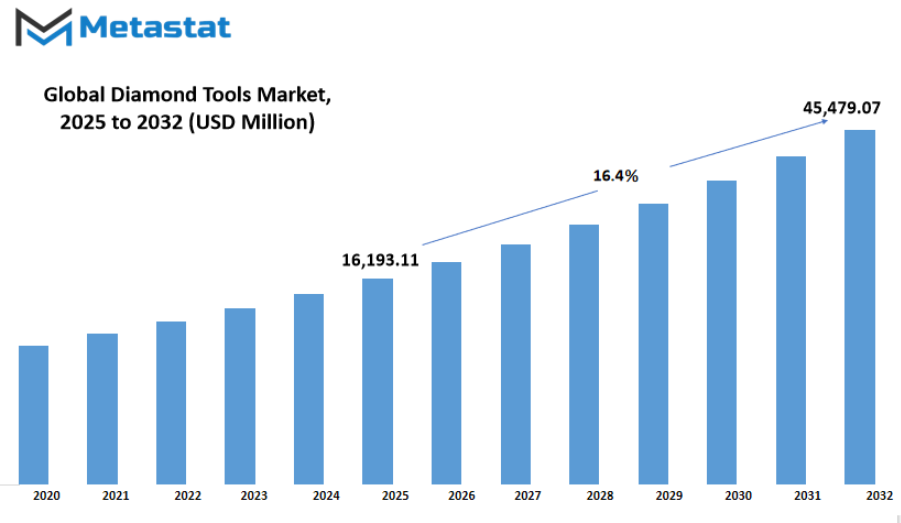
GROWTH FACTORS
The global diamond tools market is expected to see steady growth in the coming years, driven by rising demand for precision cutting in construction and infrastructure projects. As cities expand and technology advances, the need for tools that deliver accuracy, durability, and efficiency will continue to rise. Diamond tools, known for their strength and cutting performance, are becoming essential for builders and manufacturers seeking reliable solutions for modern projects.
One of the strongest forces shaping this market is the increasing use of advanced materials that require high-performance tooling solutions. Industries such as aerospace, electronics, and automotive are adopting harder and more complex materials that cannot be handled by traditional cutting tools. This shift will keep pushing companies to adopt diamond-based technologies that can deliver consistent results and extend productivity. These tools not only save time but also ensure a higher level of precision, which is critical in industries where even minor errors can lead to significant losses.
Despite these positive trends, certain challenges could slow the pace of growth. High manufacturing costs remain a significant barrier for many businesses, particularly smaller firms looking to compete in this space. Diamond tools, while highly effective, often come with a premium price tag due to the complexity of production and limited reuse potential once they wear out. In addition, the availability of low-cost alternatives is affecting premium tool sales, especially in regions where price sensitivity is high. These factors make it essential for manufacturers to balance quality with affordability to maintain their market position.
Looking ahead, advancements in synthetic diamond production are expected to open new opportunities for the industry. By lowering production costs while maintaining the high quality needed for demanding applications, synthetic diamonds will help make these tools more accessible to a wider range of industries. This innovation will not only drive competition but also encourage companies to explore creative solutions, expanding the use of diamond tools beyond their traditional applications.
The future of the global diamond tools market will depend on how well manufacturers adapt to these shifts. By focusing on technological improvements and cost-effective production methods, they will be able to meet the growing demands of industries that rely on precision and durability. As infrastructure projects become larger and materials continue to evolve, the demand for high-performance diamond tools will only grow stronger, creating a market full of potential for those prepared to innovate and respond to changing needs.
MARKET SEGMENTATION
By Type
The global diamond tools market will continue to grow as industries demand tools that are faster, more precise, and longer lasting. Diamond tools are valued because they deliver strength and efficiency that other materials cannot match. As technology advances, this market will experience steady innovation, with products designed to handle tougher materials and more complex industrial tasks. This growth will be supported by construction, automotive, electronics, and mining sectors that rely heavily on durable and high-performance tools.
By type, the global diamond tools market is further segmented into abrasive, cutting tools, drilling tools, and sawing tools. Each segment will see unique advancements that will shape their role in industries worldwide. Abrasive tools will remain essential for polishing and grinding, but future versions will likely focus on improved precision and reduced material waste. Cutting tools will continue to lead in manufacturing and construction, where accuracy and durability will always be in demand. Drilling tools, used for both industrial and geological applications, will evolve with features that allow deeper and cleaner cuts while reducing downtime. Sawing tools will advance in speed and efficiency, especially in sectors like construction and mining where time-saving solutions are critical.
The global diamond tools market will also benefit from growing investments in research and development. Companies will focus on creating tools that are not only efficient but also cost-effective and environmentally friendly. For example, future diamond tools will be designed to last longer, reducing replacement frequency and overall costs for businesses. Sustainability will play a major role, as industries look for ways to reduce their environmental impact while maintaining productivity.
Automation and digital technology will also influence the future of this market. Smart manufacturing systems will rely on tools that can handle precise and repetitive tasks without losing efficiency. This shift will push manufacturers to produce tools with better performance and longer lifespans, meeting the high demands of automated systems. Additionally, the integration of advanced coatings and improved bonding materials will make diamond tools even more reliable under high-pressure conditions.
Global competition will encourage innovation and drive prices to remain competitive, allowing more industries to adopt diamond tools. As construction and infrastructure projects expand worldwide, the demand for high-quality tools will grow rapidly. In the years ahead, the global diamond tools market will not just expand in size but also in sophistication, offering tools that are smarter, stronger, and more sustainable, shaping the future of multiple industries.
By Manufacturing Method
The global diamond tools market will continue to grow steadily as industries demand more precision, durability, and efficiency in their operations. Diamonds, known for their hardness, have become a key material in tools used across construction, electronics, automotive, and even aerospace sectors. As technology advances, the market will rely heavily on innovations that allow tools to perform faster, last longer, and produce higher-quality results. Companies will also invest in research to develop tools that can adapt to automated systems and digital manufacturing processes.
By manufacturing method, the global diamond tools market is divided into metal bonded, resin bonded, and electroplated tools. Each method serves a different purpose, which makes them valuable in their own way. Metal bonded tools will remain a popular choice because of their strength and ability to handle heavy-duty cutting and grinding tasks. They are widely used in industries where precision and durability are critical. Resin bonded tools, on the other hand, will continue to gain attention for their versatility. These tools are lighter, easier to handle, and ideal for polishing or finishing surfaces that require a smooth touch. Electroplated tools will also see rising demand as industries focus on creating tools that can achieve detailed shaping and fine edges, particularly in electronic and medical device manufacturing.
The future of the global diamond tools market will also be shaped by automation and smart manufacturing systems. With factories adopting advanced machines and robotics, diamond tools will need to evolve to match these high-speed, precision-driven environments. This shift will lead to more demand for customized tools that are designed for specific machines or production lines. Additionally, sustainability will become a priority, with industries looking for eco-friendly manufacturing processes and longer-lasting tools to reduce waste.
Another factor driving the global diamond tools market will be the rise of infrastructure projects worldwide. As countries invest in building modern roads, bridges, and buildings, the need for high-quality diamond tools will grow rapidly. Similarly, sectors such as renewable energy will rely on diamond tools for creating parts used in wind turbines, solar panels, and battery systems.
Looking ahead, companies in the global diamond tools market will continue to focus on balancing cost, quality, and innovation. As competition grows, only those that invest in new technologies and efficient production methods will stand out. This shift toward innovation, combined with the increasing use of automation and sustainability efforts, will ensure that diamond tools remain essential in industries that demand performance and precision.
By Application
The global diamond tools market is expected to grow steadily in the coming years, driven by constant demand across industries and the push for advanced technologies. Diamond tools are valued for their durability, precision, and efficiency, making them essential for businesses that require high-performance equipment. As industries continue to modernize and adopt more automated systems, the need for tools that can handle complex tasks with accuracy will only rise.
By application, the global diamond tools market is divided into stone processing, transportation, machining, geological prospecting, and construction. Stone processing remains one of the largest segments, as the demand for granite, marble, and other natural stones stays high in both commercial and residential projects. Diamond tools allow manufacturers to cut and shape stones with smooth finishes, reducing waste and saving time. This trend will likely continue as design preferences lean toward custom and high-quality stone materials.
In the transportation sector, diamond tools are gaining more attention because of their role in manufacturing precision parts for automobiles, trains, and even aerospace components. As vehicles become more advanced and lightweight materials are used more often, there will be greater reliance on tools that can deliver precise results without compromising quality. This is also tied to the rising production of electric vehicles, where high accuracy in component manufacturing is critical.
Machining is another area where growth is clear. Diamond tools are widely used in industries that produce metal, glass, and composite parts. They make it possible to achieve high precision and maintain consistency in production. As more industries embrace automation and digital manufacturing, the need for dependable diamond tools will become stronger.
Geological prospecting continues to benefit from diamond drilling tools that allow for efficient mineral and energy exploration. The demand for natural resources is not slowing down, and companies will keep investing in tools that provide faster, safer, and more reliable exploration results.
Construction also plays a major role in the global diamond tools market. From cutting concrete and asphalt to creating detailed finishes in building materials, diamond tools are essential for projects of all sizes. With urban development and infrastructure projects increasing worldwide, this segment will remain a strong driver of demand.
Looking ahead, innovation will shape the market even further. Advancements in tool design and materials will improve durability and reduce costs, making diamond tools more accessible to smaller businesses. As technology and industry standards continue to progress, the global diamond tools market will keep adapting, offering solutions that meet the changing needs of industries around the world.
|
Forecast Period |
2025-2032 |
|
Market Size in 2025 |
$16,193.11 million |
|
Market Size by 2032 |
$45,479.07 Million |
|
Growth Rate from 2025 to 2032 |
16.4% |
|
Base Year |
2024 |
|
Regions Covered |
North America, Europe, Asia-Pacific Green, South America, Middle East & Africa |
REGIONAL ANALYSIS
The global diamond tools market is expected to grow steadily in the coming years as industries continue to demand faster, more precise, and more durable solutions for cutting, drilling, and grinding. With technology advancing at a rapid pace, industries such as construction, manufacturing, and mining will increasingly rely on diamond tools for their high efficiency and long-lasting performance. These tools are known for their ability to handle tough materials like concrete, stone, ceramics, and metals, making them essential for both industrial and commercial applications.
Geographically, the global diamond tools market is divided into several key regions: North America, Europe, Asia-Pacific, South America, and the Middle East & Africa. North America includes the U.S., Canada, and Mexico, where growing infrastructure projects and industrial activities will drive demand. In Europe, countries like the UK, Germany, France, and Italy will continue to adopt advanced diamond tools to support renovation and urban development projects. Asia-Pacific, with countries such as India, China, Japan, and South Korea, will likely experience the fastest growth as rapid industrialization and urban expansion fuel the need for efficient tools in construction and production sectors. South America, led by Brazil and Argentina, will also see rising demand as construction and mining industries grow. In the Middle East & Africa, particularly in GCC countries, Egypt, and South Africa, infrastructure development and resource extraction will keep the market active.
The construction industry will play a central role in shaping the future of the global diamond tools market. As cities expand and modernize, there will be a stronger need for tools that can deliver speed, precision, and reliability. Urbanization, paired with the rise of smart cities and sustainable infrastructure, will lead to increased investments in advanced diamond tool technology. These tools will not only enhance efficiency but will also support eco-friendly construction methods by reducing waste and improving accuracy.
Looking ahead, innovation will be key to market growth. Manufacturers will focus on developing tools with improved durability and performance while integrating smart technologies to monitor wear and efficiency. The combination of automation, digital monitoring, and improved materials will help industries cut costs and boost productivity. The push toward green construction and sustainable practices will also shape product designs, encouraging the creation of energy-efficient tools that meet global environmental standards.
Overall, the future of the global diamond tools market looks promising. As technology continues to advance and industries evolve, the demand for high-quality diamond tools will rise, driving growth and creating opportunities for companies and investors across different regions worldwide.
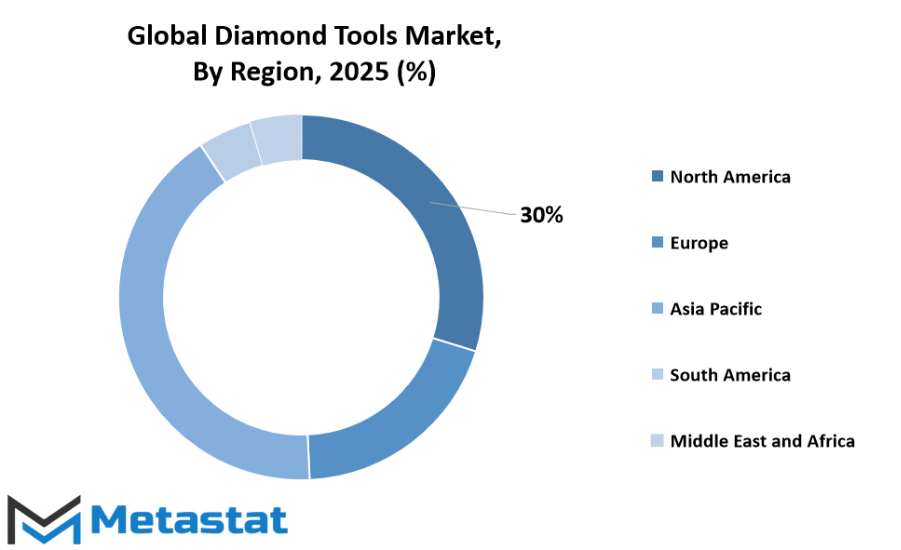
COMPETITIVE PLAYERS
The global diamond tools market is growing steadily, driven by the demand for precision, durability, and efficiency in industries such as construction, mining, electronics, and automotive. These tools, known for their strength and reliability, are used for cutting, grinding, drilling, and polishing various materials, including concrete, stone, glass, and metals. As industries continue to modernize, the need for advanced tools that offer both accuracy and speed will keep increasing, making diamond tools a preferred choice worldwide.
Key players are shaping this growth with consistent innovations and a strong focus on quality. Companies such as Asahi Diamond Industrial, Bosch, Bosun, Continental Diamond Tool Corporation, Core Plus Specialist, Hilti, Husqvarna AB, Makita, Metabo Power Tools, MK Diamond Products, OX Group International, Saint-Gobain, Sumitomo Electric Industries, Ltd., and Tyrolit have been leading the way by developing products that meet the changing needs of global industries. Their investment in research and development has led to tools with enhanced cutting performance, longer lifespans, and designs that reduce waste and improve productivity.
Looking to the future, the global diamond tools market will benefit from the rapid growth of infrastructure projects and the increasing need for precision in manufacturing processes. Emerging technologies such as automation and AI-driven machinery will also transform how these tools are used, allowing for better performance monitoring and faster production times. In construction, for example, advanced diamond blades and drills will make projects faster and more cost-effective, while in electronics, diamond-coated tools will meet the high standards required for delicate and complex components.
Sustainability will also play a bigger role in the industry’s future. Companies are expected to focus more on eco-friendly production methods and recycling processes to meet stricter environmental standards. This shift will not only improve the industry’s reputation but also create more efficient and cost-effective manufacturing techniques, benefiting both producers and end-users.
The competitive landscape will remain strong, with key players constantly striving to deliver innovative solutions and maintain their market share. Strategic partnerships and expansions into emerging markets will allow these companies to reach new customers and strengthen their presence globally. As industries evolve and technology advances, the global diamond tools market will continue to adapt, offering tools that are not only durable and efficient but also tailored to the needs of a fast-changing world. With continuous innovation and the rising demand across multiple sectors, this market will remain an important part of industrial progress for years to come.
Diamond Tools Market Key Segments:
By Type
- Abrasive
- Cutting Tools
- Drilling Tools
- Sawing Tools
By Manufacturing Method
- Metal Bonded
- Resin Bonded
- Electroplated
By Application
- Stone Processing
- Transportation
- Machining
- Geological Prospecting
- Construction
Key Global Diamond Tools Industry Players
- Asahi Diamond Industrial
- Bosch
- Bosun
- Continental Diamond Tool Corporation
- Core Plus Specialist
- Hilti
- Husqvarna AB
- Makita
- Metabo Power Tools
- MK Diamond Products
- OX Group International
- Saint-Gobain
- Sumitomo Electric Industries, Ltd.
- Tyrolit
WHAT REPORT PROVIDES
- Full in-depth analysis of the parent Industry
- Important changes in market and its dynamics
- Segmentation details of the market
- Former, on-going, and projected market analysis in terms of volume and value
- Assessment of niche industry developments
- Market share analysis
- Key strategies of major players
- Emerging segments and regional growth potential



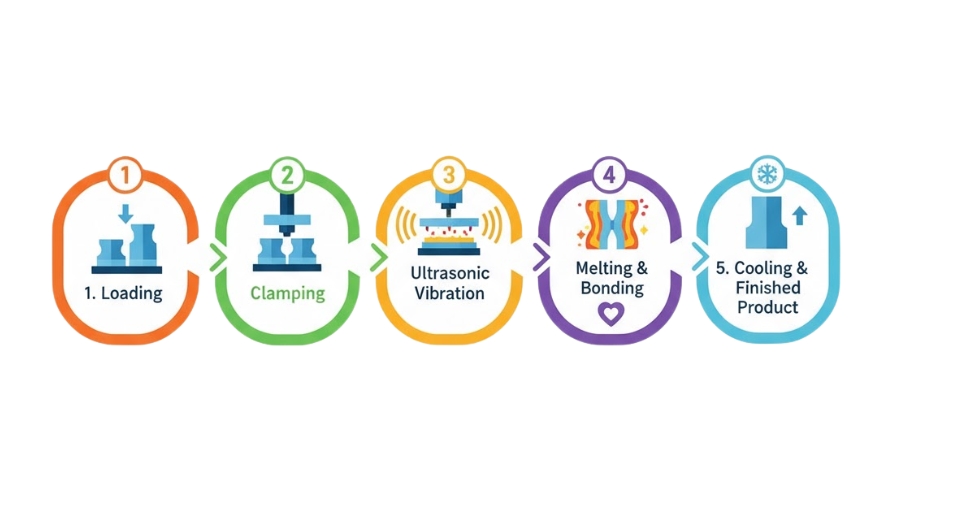
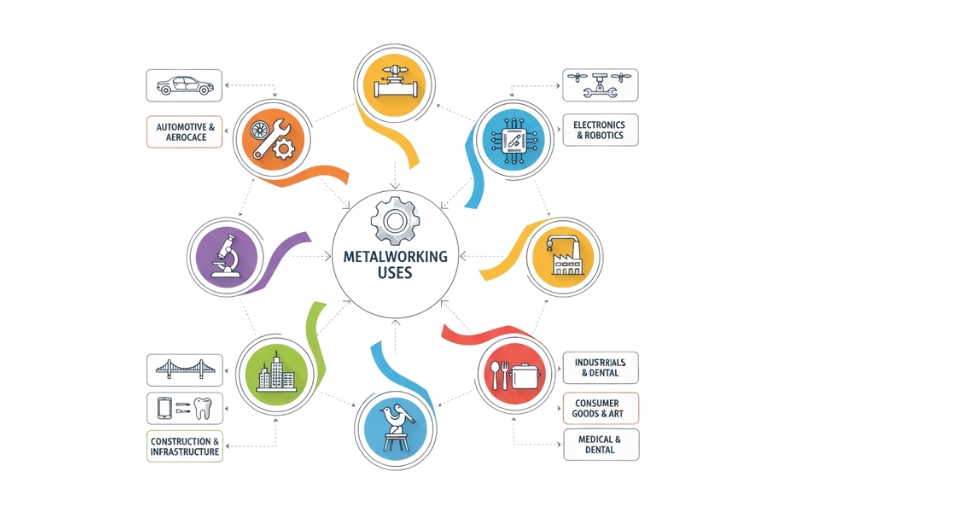
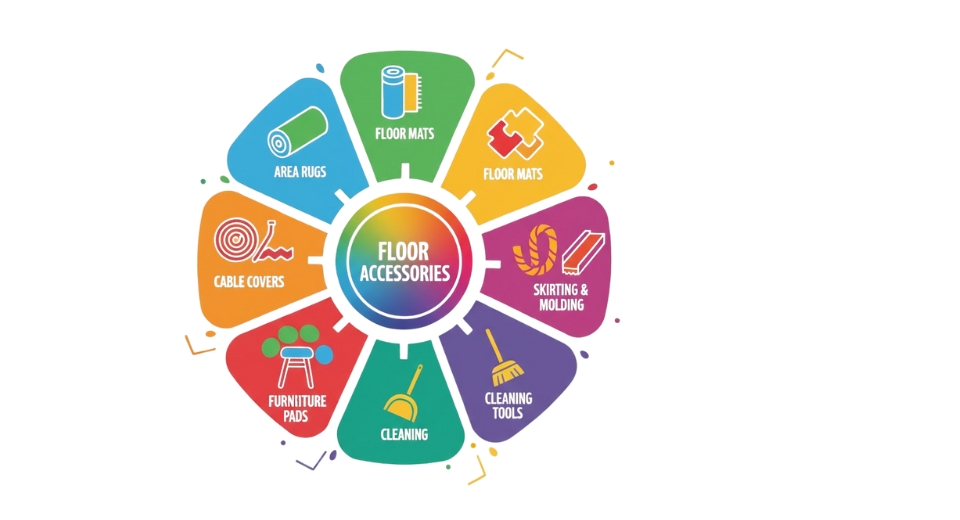
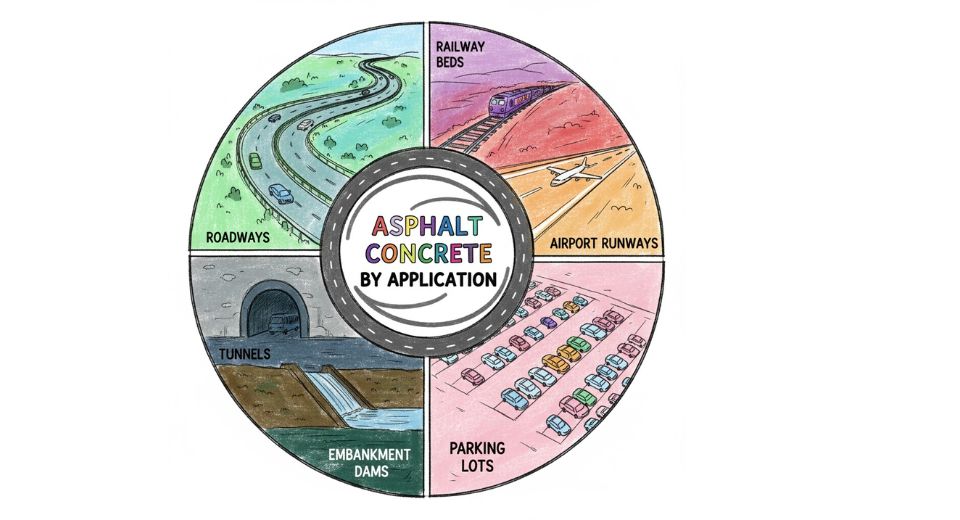

 US: +1 3023308252
US: +1 3023308252






